Rosacea is a chronic inflammatory skin condition sometimes mistaken for acne, allergic reactions, eczema, and other skin conditions. Its characteristic symptoms include facial redness, pimples, bumps, and visible blood vessels on the skin.
There is no cure for rosacea, but it is not a harmful or dangerous condition. It can be controlled with appropriate treatment and lifestyle changes that encompass changing diet and avoiding triggers that cause symptoms to worsen.
The American Academy of Dermatology estimates that rosacea affects 14 million Americans![]() , or 1 in 10 Americans. However, according to the National Rosacea Society (NRS), that number increased to 16 million.
, or 1 in 10 Americans. However, according to the National Rosacea Society (NRS), that number increased to 16 million.
Anyone can develop rosacea, but women, people assigned female at birth, and those with fair skin are most likely to be affected. Although it can affect children and adolescents, it does not occur commonly. To learn more about who is more likely to develop rosacea, see the ‘Risk Factors' paragraph.
Rosacea is considered a serious medical condition that may significantly impact your daily life. It is not dangerous, as it is not commonly associated with life-threatening conditions. Still, symptoms it causes may diminish one's social life, resulting in poor mental health and worse quality of life.
The four types of rosacea include erythematotelangiectatic rosacea (ETR), papulopustular (or acne) rosacea, phymatous rosacea, and ocular rosacea.
Phymatous rosacea is a rare form that causes thick and swollen skin and larger pores, especially on the nose. It is also linked to the following symptoms:
Papulopustular rosacea is also known as inflammatory rosacea. Its characteristic symptoms are skin swelling and pimples filled with pus or fluid that form on the skin. Because of that, it can sometimes be mistaken for an acne.
Rosacea that affects the eyes is called ocular rosacea. It may cause your eyes to feel watery, bloodshot, or irritated. It can also result in styes – painful bumps that form on the eyelids – and light sensitivity.
Erythematotelangiectatic rosacea is a type linked to chronic symptoms such as facial redness and visible blood vessels. It is more likely to cause flares – a sudden worsening of symptoms.
Scientists don't fully understand what causes rosacea![]() . It's not possible to catch it from others or develop it because of poor personal hygiene. Instead, studies suggest that infections, genetics, and specific health conditions play a role in the development of rosacea.
. It's not possible to catch it from others or develop it because of poor personal hygiene. Instead, studies suggest that infections, genetics, and specific health conditions play a role in the development of rosacea.
Here are all the potential causes that have been linked to rosacea:

Factors that increase the risk of developing rosacea include:
Rosacea may develop in many ways and does not affect the same body parts for everyone. Typically, it may appear on:
Symptoms and their severity are not the same for everyone. Typically, one of the primary symptoms of rosacea appears in all affected people, but secondary symptoms can vary significantly from person to person.
One or more of the following symptoms tend to develop in all people affected by rosacea:
The secondary rosacea symptoms that may develop include:
Each person affected by rosacea has triggers that suddenly cause their symptoms to worsen![]() . In many cases, these include food and beverages such as:
. In many cases, these include food and beverages such as:
If you have rosacea, you may need to avoid drinking and eating one or more of the above examples. It will help manage your case better and reduce the risk of flares.
Other triggers that are linked to rosacea flares include:
There are no tests dedicated to diagnosing rosacea. Doctors usually determine if a person has this condition based on the visible symptoms and whether certain things cause flares. Usually, the presence of visible blood vessels on a patient's skin can differentiate rosacea from other skin conditions.
After noticing the first symptoms, it is vital to receive a diagnosis as soon as possible. Early treatment reduces the risk of progression to more severe forms of rosacea.
For mild cases of rosacea, gels and creams are the most commonly recommended treatment strategy. These forms of medicine are usually effective in relieving the symptoms and preventing flares from happening.
For more severe rosacea, there are several treatment options to consider. You may be recommended prescription medicine or laser treatment![]() to reduce enlarged blood vessels that develop on the face.
to reduce enlarged blood vessels that develop on the face.
Here are the medicines your doctor may prescribe to you to alleviate your symptoms:
The type of medicine you must take depends on your symptoms, their severity, and the type of rosacea. Your doctor will review your symptoms and decide which medicine will work best for your case. You may be recommended several medicines to determine which is the most effective for your specific needs.
Managing rosacea at home involves a gentle skincare routine, lifestyle changes, and avoiding triggers that can worsen symptoms. While home management can help reduce symptoms, consulting with a healthcare professional for personalized advice is still vital. Here are some general tips for managing rosacea you can try at home:
It's important to note that what works for one person may not work for another. It's essential to tailor your approach based on your triggers and skin sensitivities. Regular follow-ups with a dermatologist can help monitor your condition and adjust your treatment plan as necessary.
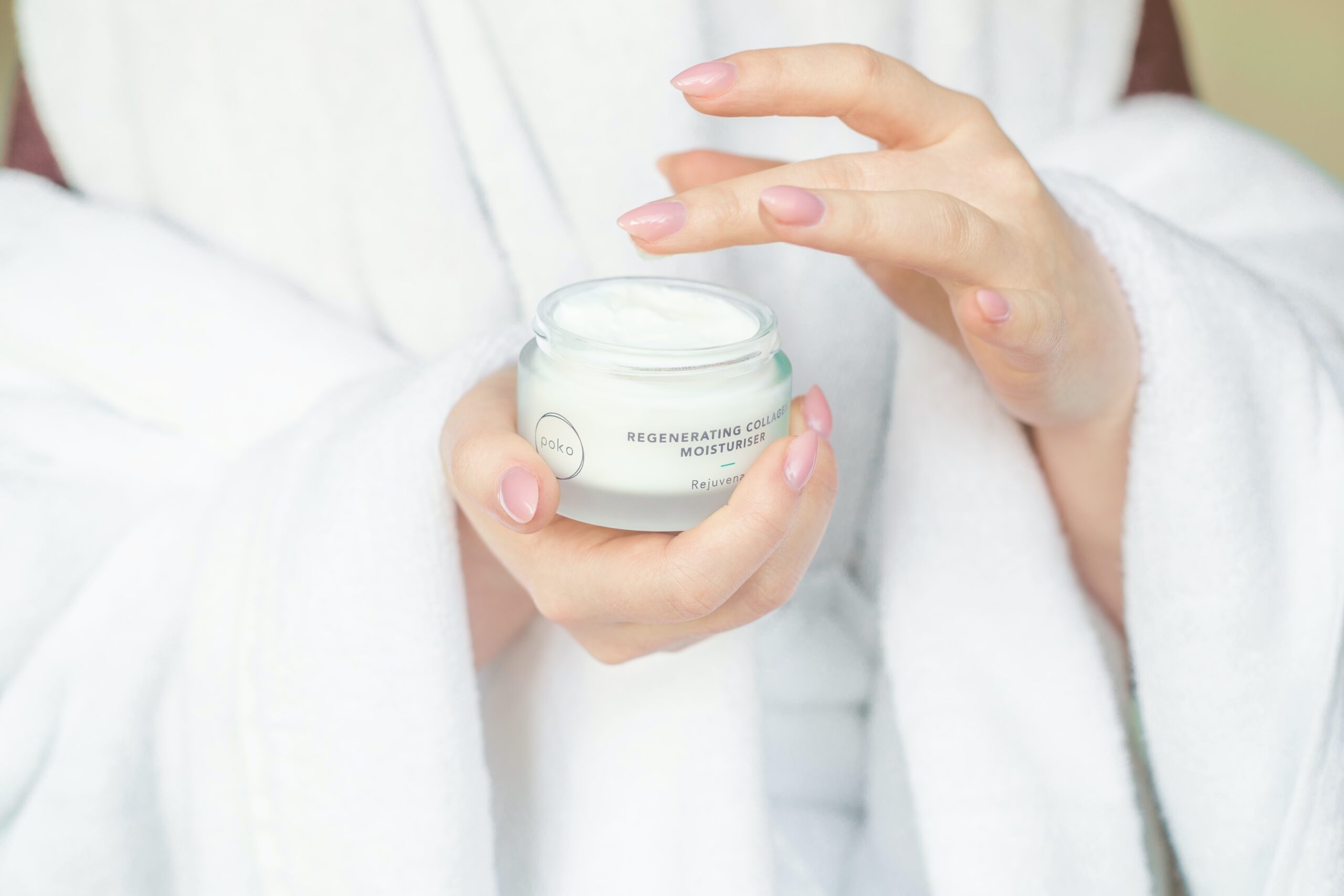
You don't need an urgent appointment if you have rosacea. However, a more serious condition called keratitis can sometimes mimic rosacea symptoms. If it is not treated early, it may lead to severe health issues and complications.
Contact your healthcare provider as soon as possible after you notice the following symptoms of keratitis:
Rosacea is a chronic health condition that comes and goes, depending on your lifestyle and treatment. If you identify your triggers and strive to avoid them, you can prevent flares of symptoms and manage your condition better. Following your doctor's advice and adhering to a treatment plan are also crucial to improving your quality of life while having rosacea.
As long as the causes of rosacea are unknown, preventing this condition from developing is difficult. What you can do, however, is reduce the symptoms after you get rosacea. It can be achieved by avoiding things that make your symptoms worse.
A trigger that typically causes rosacea flares is exposure to sun rays, so wearing sunscreen or UV-protective clothing while being outside is vital. Skin damaged by sun can take longer to heal if you have rosacea, so it is important to always remember about sun protection before going outside.
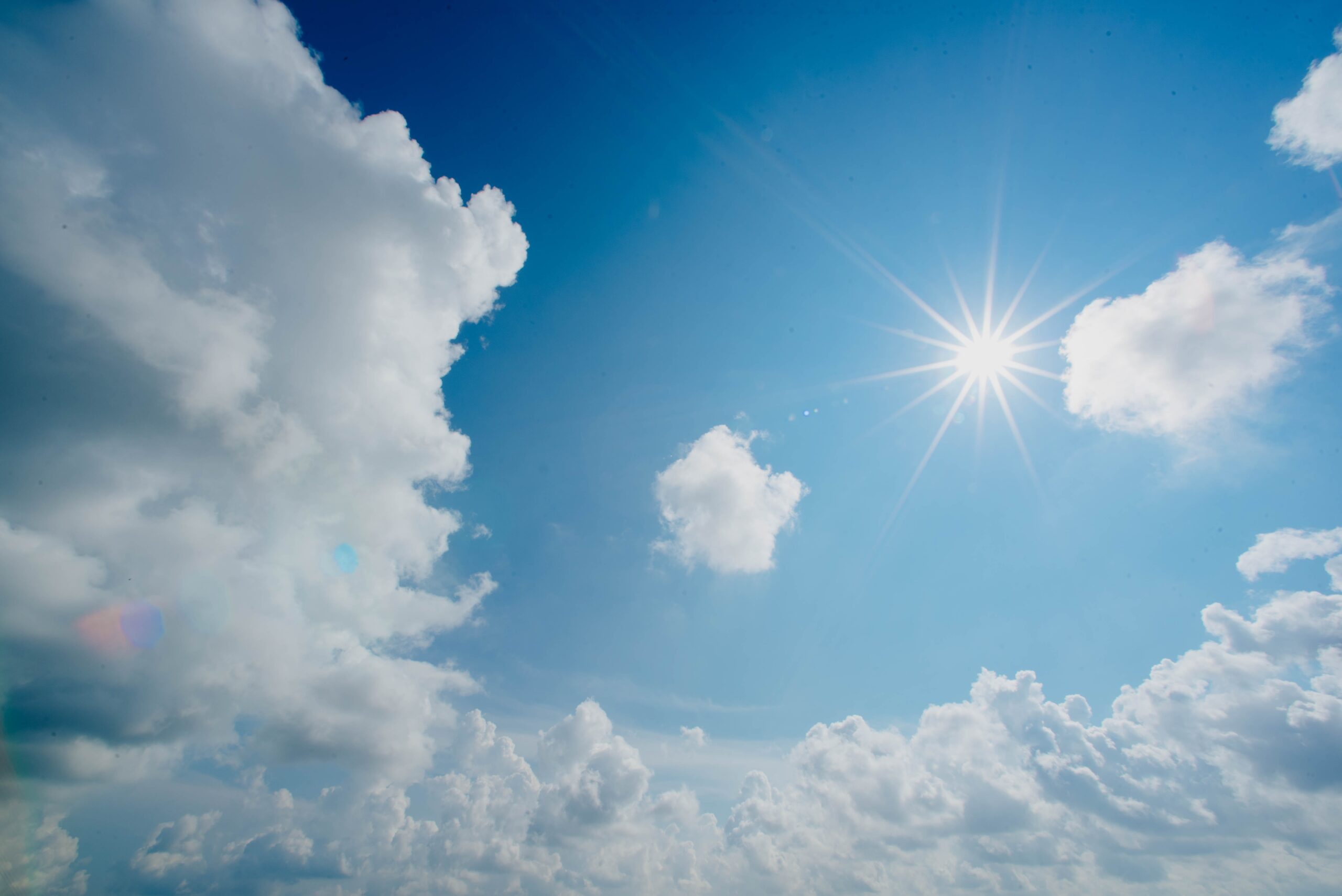
Rosacea is a chronic inflammatory skin condition characterized by facial redness, pimples, bumps, and visible blood vessels. Although no cure exists, it can be managed through treatment and lifestyle changes. Rosacea affects around 16 million Americans, primarily women and those with fair skin. While not dangerous, it can impact daily life and diminish mental health.
Rosacea symptoms vary but commonly include facial redness, visible blood vessels, and pus-filled bumps. Examples of triggers include certain foods, beverages, temperature changes, and stress.
Treatment options range from topical gels and creams for mild cases to oral antibiotics or laser treatment for severe forms. Home management involves a gentle skincare routine, avoiding triggers, and lifestyle changes.
Overall, understanding and addressing individual triggers play a crucial role in successfully managing rosacea and improving quality of life.
Table of Contents
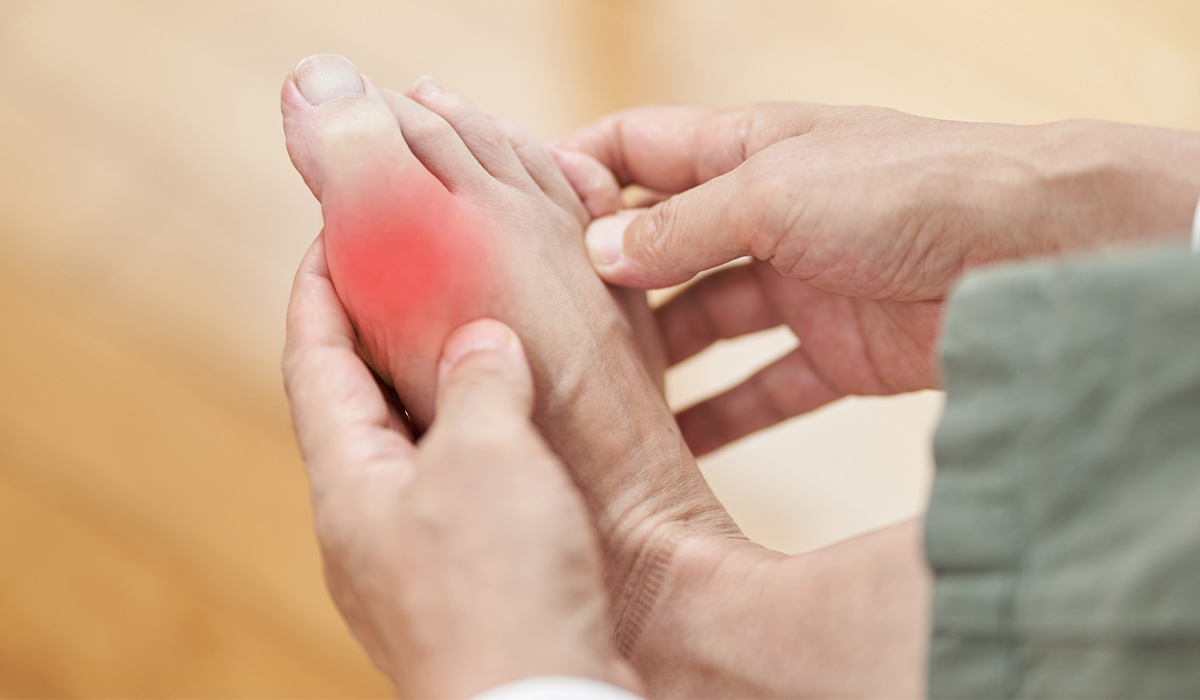
About 3.9% of the adult population in the USA is affected by gout, a painful form of arthritis that affects… read more »
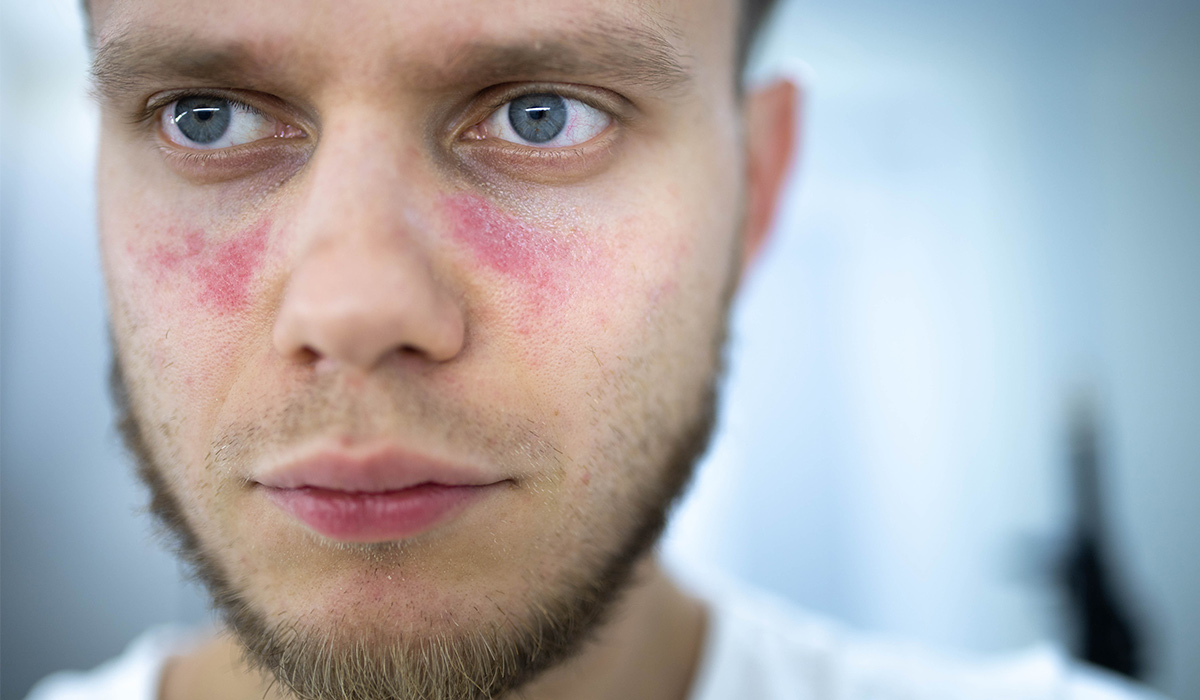
Lupus is a chronic autoimmune disease in which our body begins attacking itself. Find out what are the causes, symptoms,… read more »

Eczema flare-ups are usually related to specific triggers. Learning how to avoid specific to your eczema triggers, can be a… read more »
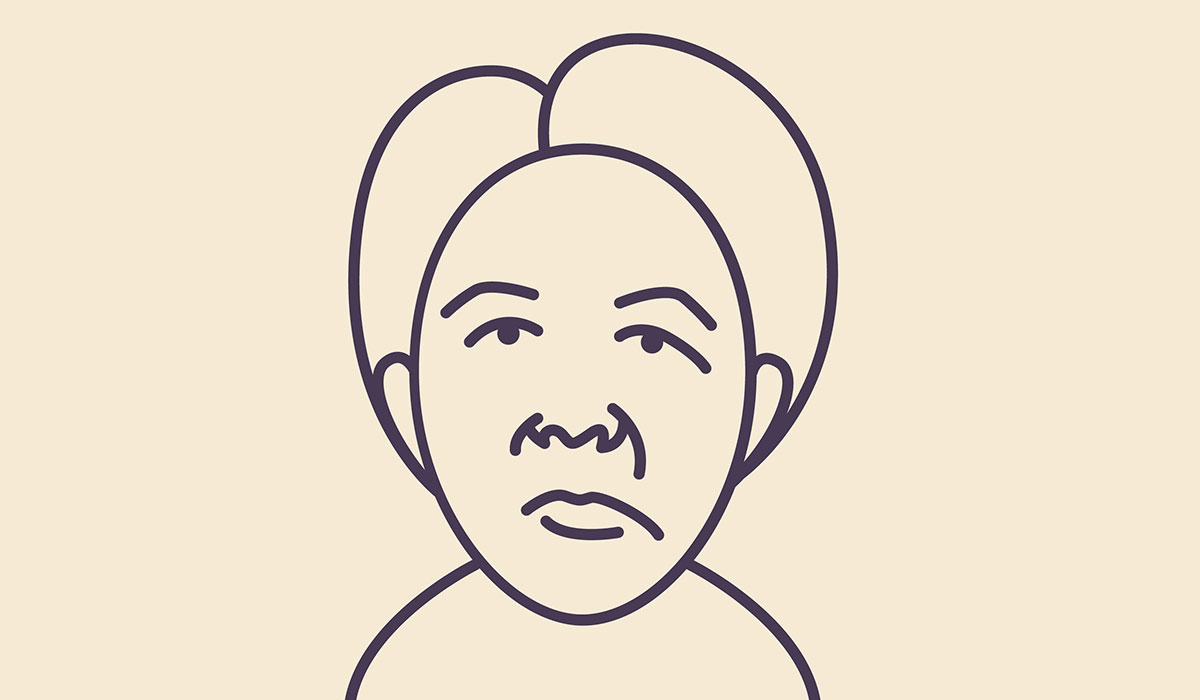
Bell's palsy is a sudden weakening or paralysis of facial muscles, typically on one side of the face. It's a… read more »
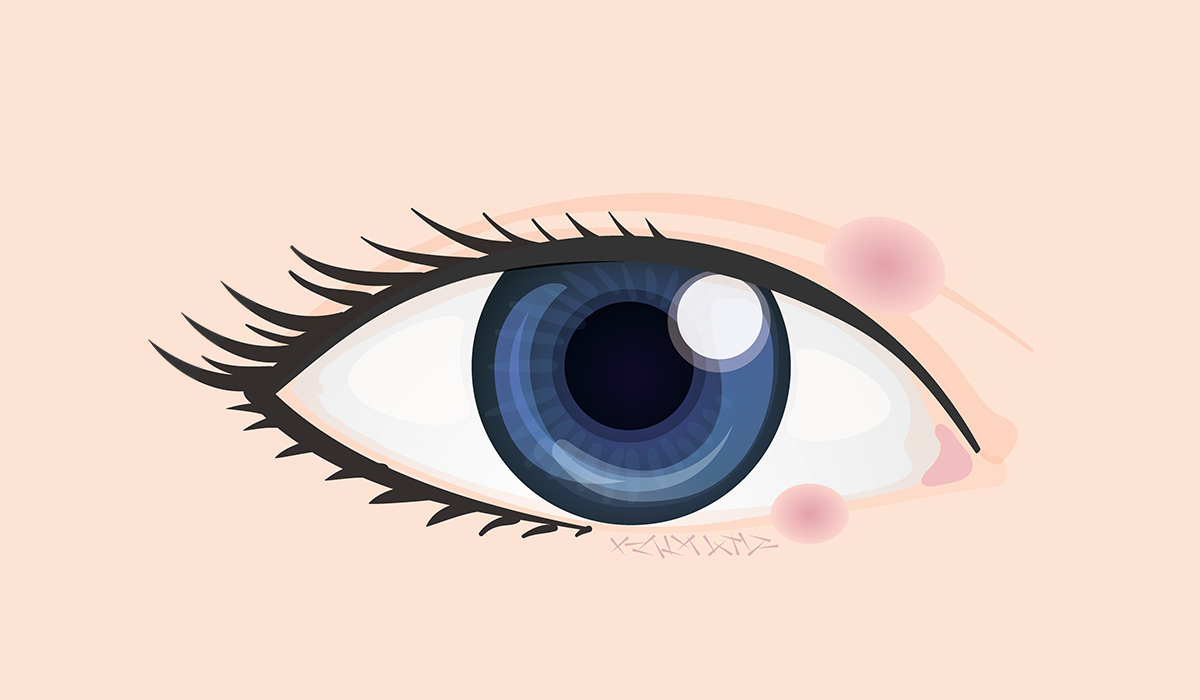
A chalazion may be a little lump on the eyelid, ordinarily not agonizing. It happens when one of the small… read more »
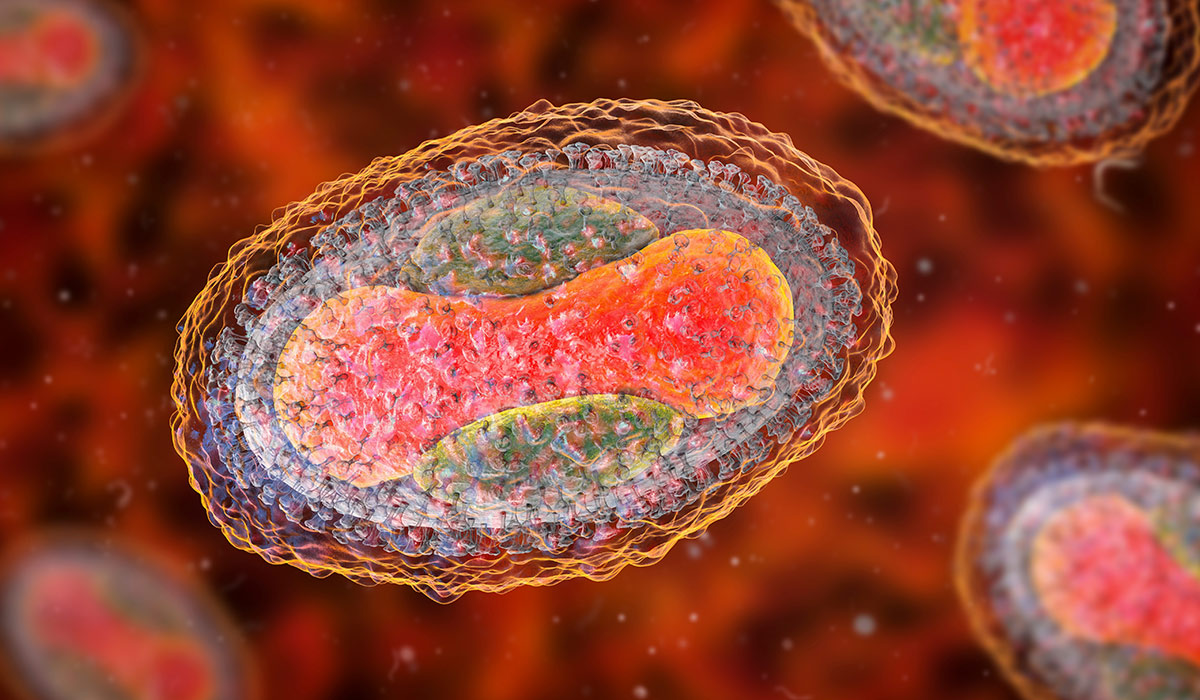
Molluscum contagiosum is a common skin infection especially in children. Find out how to recognise molluscum contagiosum skin lesions. Learn… read more »
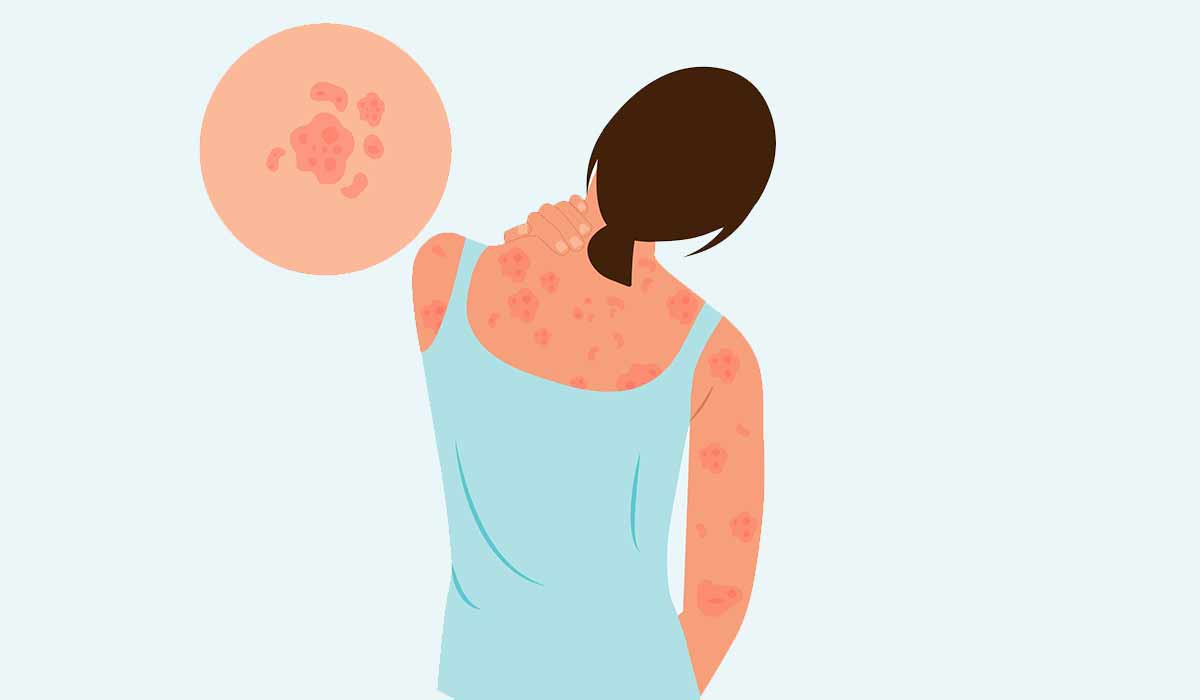
Psoriasis is characterized primarily by skin lesions that result from impaired epidermal regeneration. Learn about all types and signs of… read more »
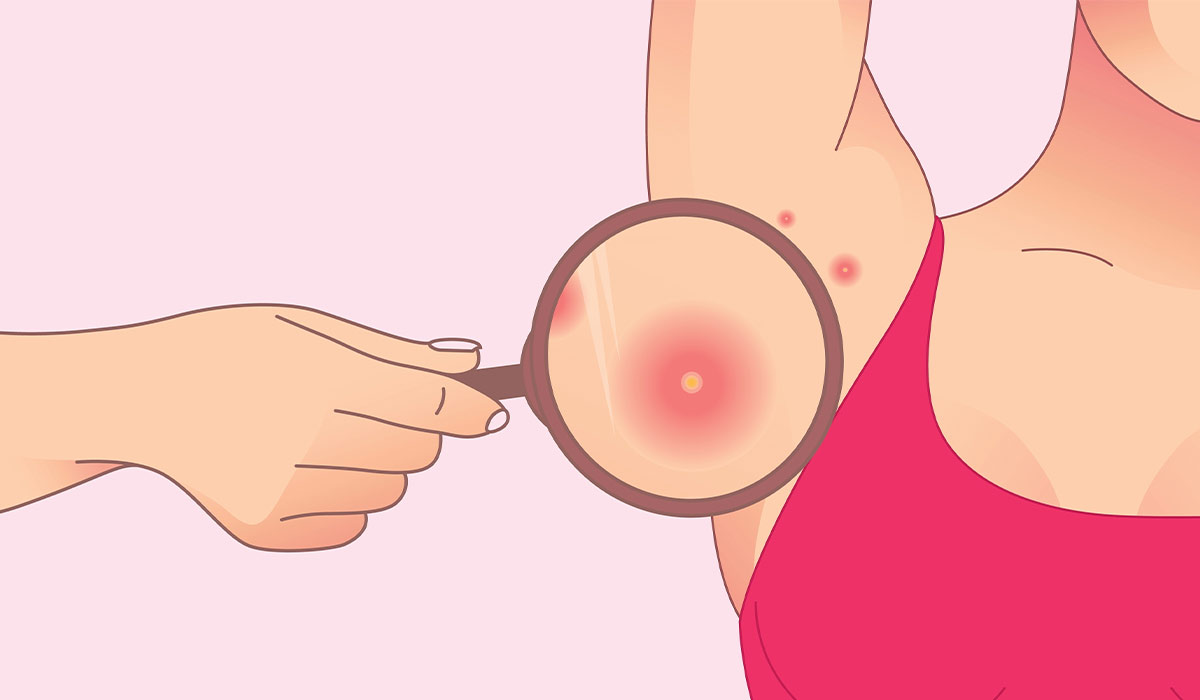
Folliculitis is a skin disease that appears very often. What are its causes and symptoms? What is the treatment for… read more »
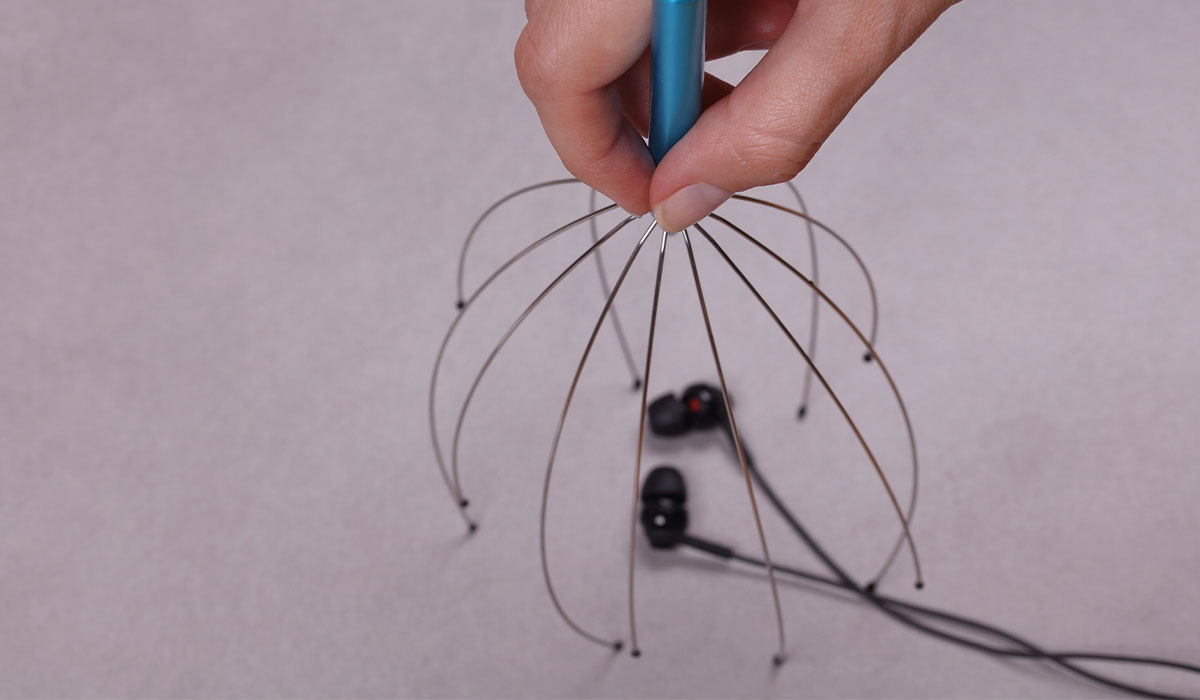
ASMR is the feeling of a pleasant tingling in the body, created in response to external sensory stimuli. What triggers… read more »